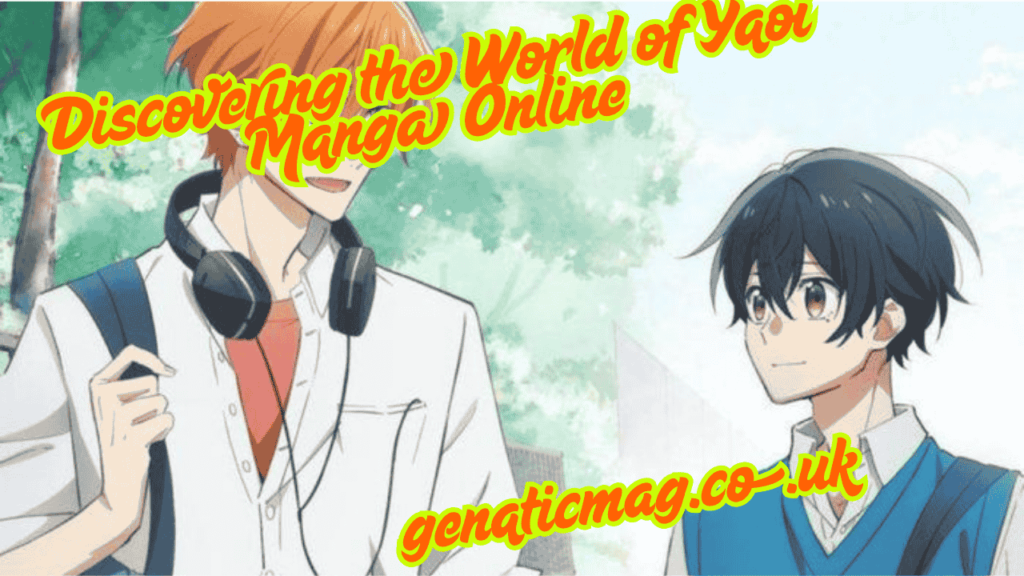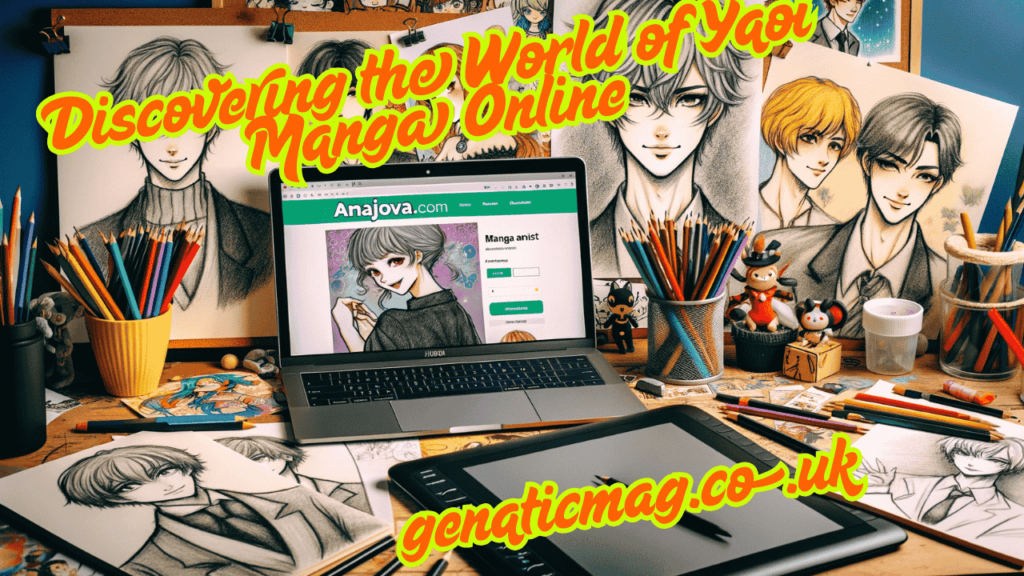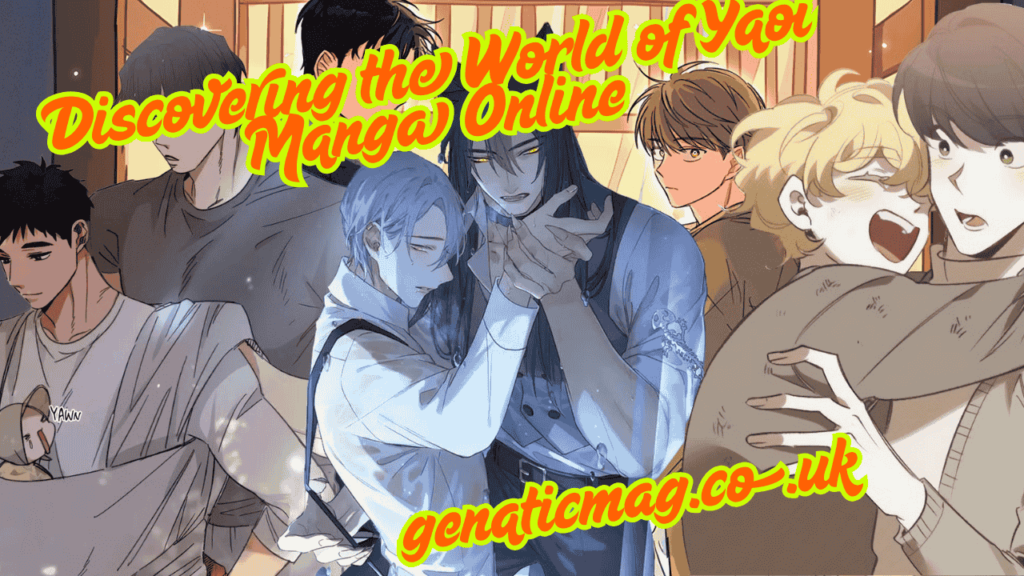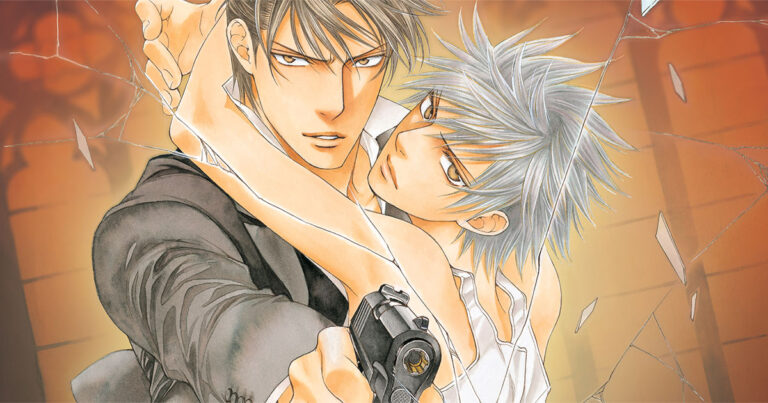In the vast and colorful universe of comics, one genre continues to captivate the interest of readers around the globe—yaoi manga. Known for its attention on sexual and emotional bonds between male characters, yaoi has evolved into a formidable subculture with its own loyal following. Discovering the world of yaoi manga online can be an exciting experience, one that exposes intricate storytelling, expressive graphic styles, and a community that stretches across continents. This article goes deep into what yaoi manga is, why it’s so popular, how to explore it safely and efficiently online, and the broader impacts of this genre on fans and artists alike.
What Is Yaoi Manga? Understanding the Genre

Before you start discovering the world of yaoi manga online, it’s necessary to grasp what the term yaoi actually means. Originating in Japan, “yaoi” is a shorthand for the phrase “Yama nashi, ochi nashi, imi nashi,” which translates roughly to “no climax, no point, no meaning.” While this seems dismissive, it initially denoted stories that valued emotional expression and character interaction over planned plotlines.
In current use, yaoi refers to male-male romance manga mostly created by women for a largely female readership. It’s occasionally used interchangeably with Boys’ Love (BL), although the two terms can differ slightly in tone or cultural context. The genre varies from gentle, slow-burn romances to dramatic tales of forbidden love, and even fiery adult-oriented literature. The diversity within yaoi makes it appealing to a wide spectrum of readers.
The Rise of Yaoi in the Digital Age

The voyage of exploring the world of yaoi manga online truly took off with the rise of digital media. While yaoi began as doujinshi (fan-made publications) in Japan, the global demand for these stories led to foreign licensing, fan translations, and dedicated internet communities. With online platforms and scanlation organizations making content more accessible, yaoi has seen spectacular development outside of Japan.
Fans now enjoy unprecedented access to thousands of yaoi manga titles, ranging from classics to new releases, right at their fingertips. This digital shift has not only expanded the fanbase but also fostered a deeper understanding of Japanese culture, LGBTQ+ themes, and global fan dynamics.
Where to Begin: How to Explore Yaoi Manga Online

For beginners, discovering the world of yaoi manga online can be overwhelming due to the sheer volume of content. Here are a few tips on how to start your journey:
1. Understand Your Preferences
Yaoi comes in many flavors—romance, slice-of-life, drama, fantasy, and even sci-fi. Start by reading summaries or recommendations based on your preferred genres. If you’re interested emotionally charged stories, try anything with dramatic tension. If you’re here for the fluff, pick up a light-hearted, high-school romance.
2. Explore Reading Platforms
Many online platforms specialize in yaoi manga. Some provide free access, while others offer membership models. You can also find fan-translated works, although it’s good practice to support official releases whenever feasible to support the creators.
3. Check Community Ratings and Reviews
Online forums, social media groups, and fan sites are excellent resources for discovering what’s trending and what might suit your taste. The yaoi fan community is usually very welcoming and eager to share recommendations.
Key Themes and Tropes in Yaoi Manga
To truly enjoy discovering the world of yaoi manga online, it helps to recognize the common themes and tropes that define the genre:
1. Seme and Uke Dynamics
One of the most iconic features of yaoi manga is the seme-uke dynamic, where the seme is typically the more dominant, older, or protective partner, while the uke is usually younger, more passive, or emotionally expressive. This dynamic isn’t rigid but does shape the emotional and physical dynamics of many stories.
2. Forbidden Love and Social Struggles
Many yaoi narratives deal with societal challenges—coming out, homophobia, family expectations—which adds depth and relatability to the characters. This exploration of marginalized experiences is one reason why yaoi resonates with readers around the world.
3. Fantasy and Escapism
While some yaoi manga aim for realism, others lean into fantasy elements like supernatural beings, alternate universes, or over-the-top drama. These stories provide escapism and allow creators to explore complex relationships in imaginative settings.
The Culture and Community Behind Yao
Part of the excitement in discovering the world of yaoi manga online comes from joining a community of devoted admirers. From Tumblr blogs to Reddit forums, Discord servers to fanfiction archives, the yaoi fandom is dynamic and open. Here’s what makes it unique:
1. Creative Fan Contributions
The yaoi community doesn’t just consume content—it creates it. Fanart, fanfiction, AMVs (anime music videos), and cosplay are all common ways fans express their love for yaoi characters and couples.
2. Discussion and Debate
You’ll find spirited discussions about ships (relationships), story arcs, character development, and even the ethics of certain tropes. This encourages critical thinking and a more nuanced appreciation of the genre.
3. Events and Conventions
Many anime and manga conventions include panels or meetups focused on yaoi and BL culture. Online events such as zine launches or fandom weeks also keep the community active and engaged.
Navigating Sensitivity and Representation
While discovering the world of yaoi manga online, it’s equally crucial to engage critically with what you’re reading. Some yaoi manga involve outmoded prejudices or harmful portrayals of relationships. Discussions regarding consent, gender roles, and LGBTQ+ representation are continuing within the community.
Being aware of these issues doesn’t mean avoiding the genre, but rather approaching it with an open mind and a willingness to learn. Many newer titles are embracing healthier, more diverse storytelling that reflects real experiences and identities.
Why Yaoi Manga Matters Globally
Yaoi manga is more than just romantic storytelling—it has cultural and emotional importance. For many readers, especially in places where LGBTQ+ representation is rare, yaoi provides visibility and validation. Even though the genre is often developed by and for women, its reach surpasses gender and sexuality boundaries.
In the digital era, discovering the world of yaoi manga online becomes a cross-cultural exchange. Fans from Brazil to the Philippines, from the US to South Korea, share a common language of love, art, and storytelling. Yaoi has become a platform for understanding relationships and emotions through different cultural lenses.
Final Thoughts: Embracing the Yaoi Experience
Discovering the world of yaoi manga online is more than just diving into a new genre—it’s entering a thriving global community, celebrating emotional storytelling, and engaging with art that challenges norms and opens hearts. Whether you’re new to the genre or a seasoned fan, the world of yaoi offers endless stories to explore, discuss, and cherish.
In the end, yaoi is about connection—between characters, creators, and fans. So pick a title, join a community, and start your journey into one of manga’s most passionate and expressive worlds
Also Read : Discovering the World of Yaoi Manga Online
